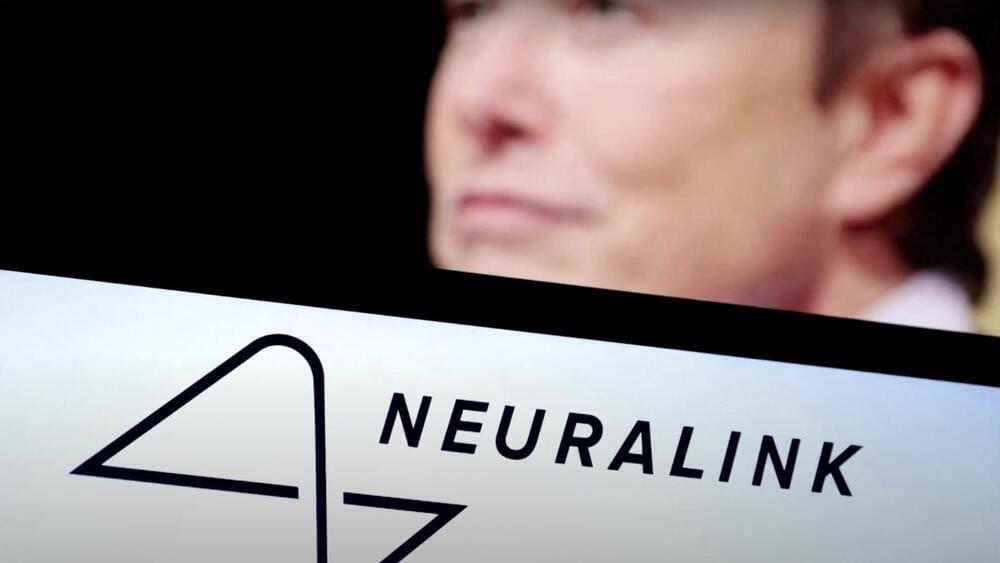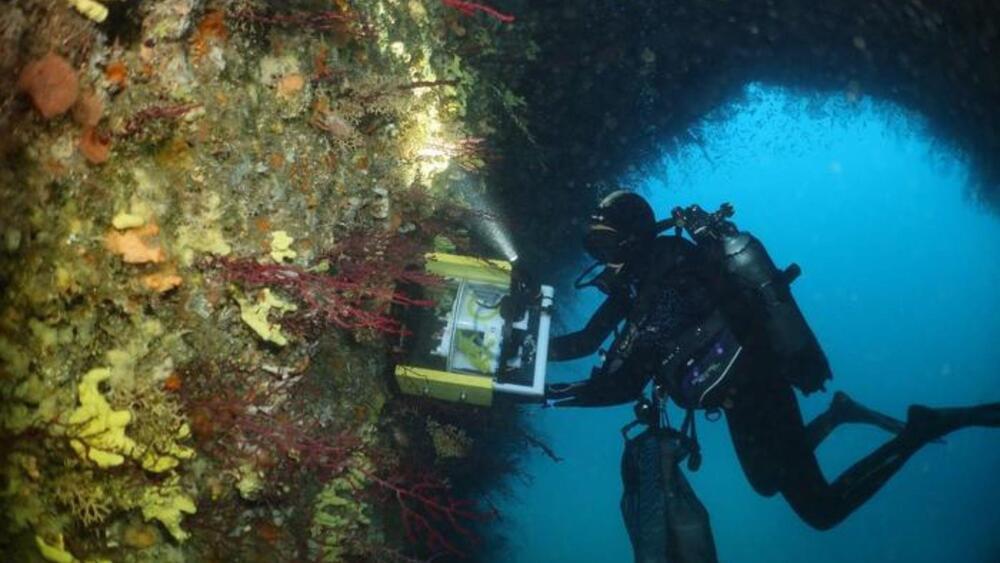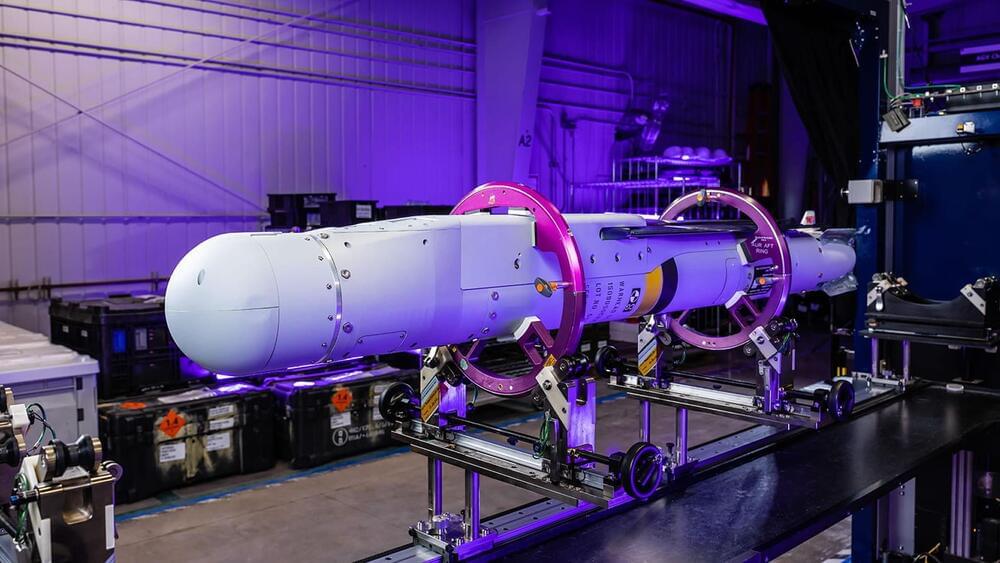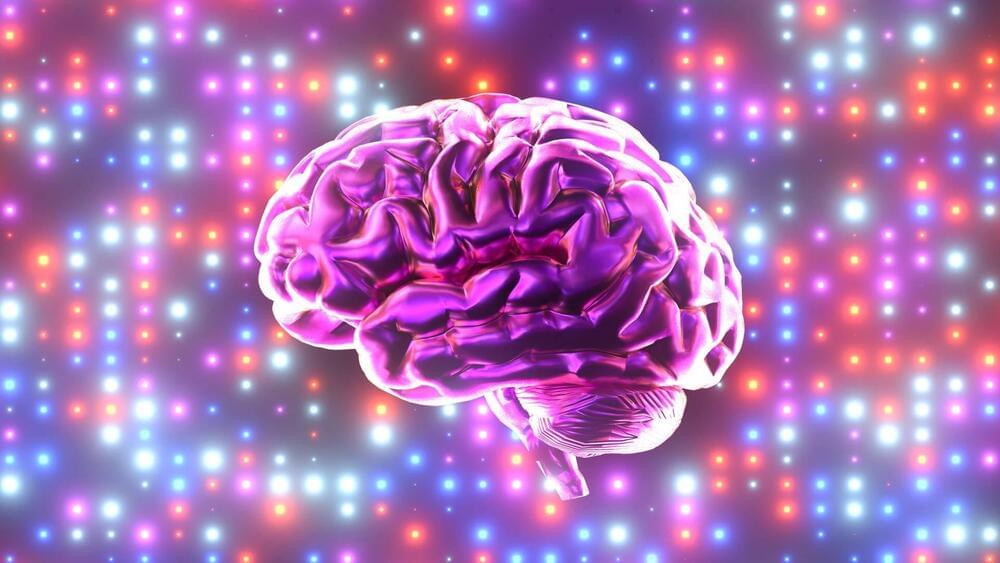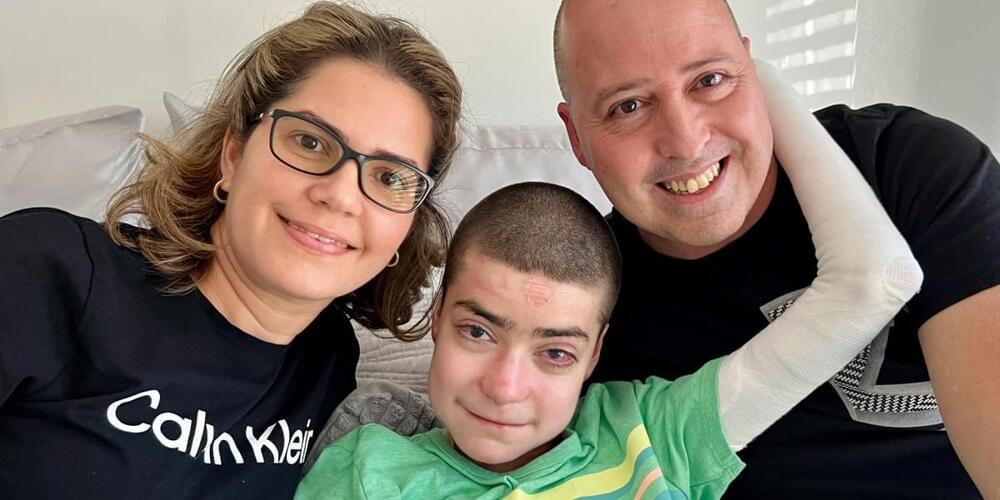VentureBeat presents: AI Unleashed — An exclusive executive event for enterprise data leaders. Hear from top industry leaders on Nov 15. Reserve your free pass
MIT scientists have developed a deep learning system, Air-Guardian, designed to work in tandem with airplane pilots to enhance flight safety. This artificial intelligence (AI) copilot can detect when a human pilot overlooks a critical situation and intervene to prevent potential incidents.
The backbone of Air-Guardian is a novel deep learning system known as Liquid Neural Networks (LNN), developed by the MIT Computer Science and Artificial Intelligence Lab (CSAIL). LNNs have already demonstrated their effectiveness in various fields. Their potential impact is significant, particularly in areas that require compute-efficient and explainable AI systems, where they might be a viable alternative to current popular deep learning models.


